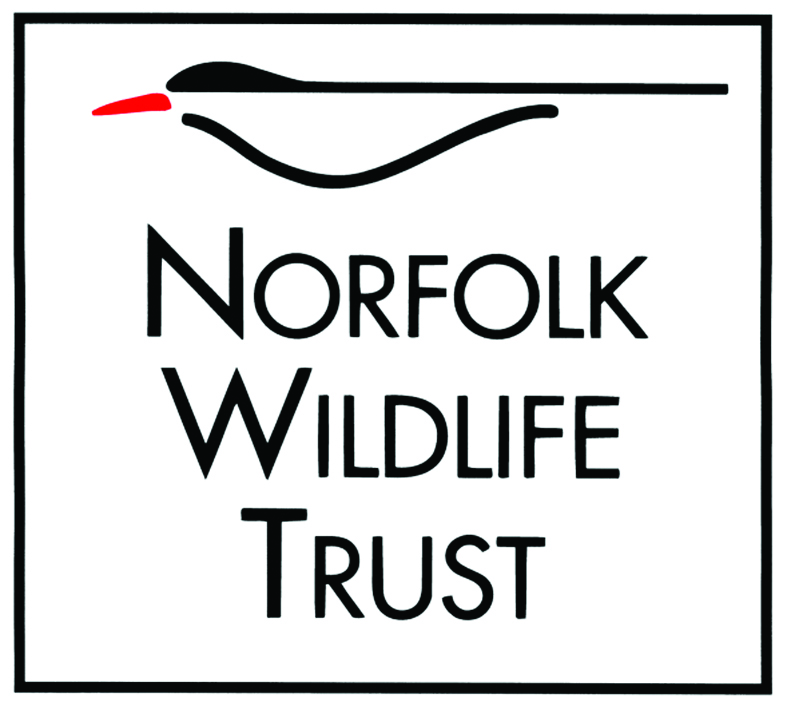Search
Search
Norfolk's wildlife in November
What is a 'rare' bird? Our Reserves Officer reflects on some exciting Norfolk visitors, and gives his top tip for the month ahead.
Sketching mammals with Martin Gibbons
A workshop exploring techniques for sketching mammals.
On the lookout for lichen - 5 Norfolk species and how to find them
With help from county recorder, Robert Yaxley, we explore 5 Norfolk lichen species and share some tips on how to find them!
Wildlife Watch
Species data
Global technology company in Diss invests in Norfolk's wildlife
One of the largest employers in South Norfolk has shown its support for Norfolk's nature by joining Norfolk Wildlife Trust's corporate members scheme this month.
Species Recovery Framework
Norfolk Wildlife Trust travels back to the Ice Age to support wildlife
Norfolk Wildlife Trust excavates rare 'ghost pingo' ponds dating back to the Ice Age to restore wildlife-rich habitat to Norfolk.
Species recovery
Winter wildlife on the North Norfolk coast
The beautiful North Norfolk coast is an internationally important winter refuge for wildlife, and a visit this time of year can be an inspiring experience says Norfolk Wildlife Trust Reserves…
Rare bird breeding success tops the bill for Norfolk Wildlife Trust
Spoonbill have bred successfully for the second year running at NWT Hickling Broad and Marshes, providing hope of establishing a future breeding colony of these distinctive rare birds.
